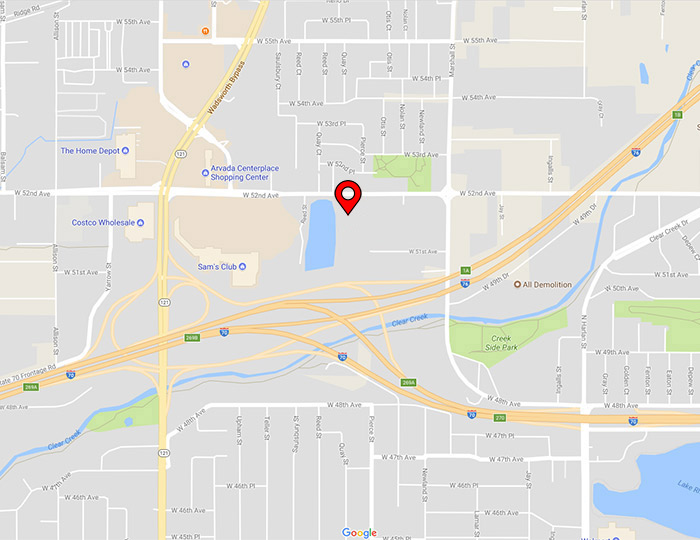Vocal cords, also called vocal folds, play an important role in how we produce sounds. First there must be air in your lungs, which occurs through the act of inhaling. The air is then pushed through the lungs into your windpipe. At the top of the windpipe sit your vocal cords, which stay open when breathing and close when you produce sound. As the air gets pushed out of the windpipe, it passes between the vocal cords, causing them to vibrate. This vibration sounds like buzzing. This sound is passed through the throat, nose and mouth, which all work together to change the buzzing into speech.
Paralysis
Any disorder that affects your vocal cords will affect your speech.
Vocal cord paralysis can be bilateral or unilateral. Bilateral paralysis means both cords become stuck half open and half closed, and the cords are unable to move in either direction. Unilateral paralysis occurs when only one side is stuck or has very limited movement.
Hoarseness, an inability to speak loudly and choking or coughing while eating are common signs of vocal cord paralysis. To make a diagnosis, your doctor will review your symptoms and complete a physical exam. An endoscope will be inserted down your nose or throat so your doctor can get a better look at your vocal cords. Once the vocal cords are in view, your doctor will ask you to speak in order to watch what happens.
Treatment
If you are diagnosed with bilateral vocal cord paralysis, a tracheotomy may be needed. This procedure creates a hole in your trachea, and a tube is inserted to help you breathe. Unilateral vocal cord paralysis may also require surgery to move the paralyzed vocal cord.
Non-surgical treatments such as behavioral therapy may be recommended by your doctor before surgery is needed. This type of therapy will teach you how to breathe better and how to find the best body positon for you to produce strong speech.
Call Mile High Otolaryngology at (303) 487-0834 for more information or to schedule an appointment.


